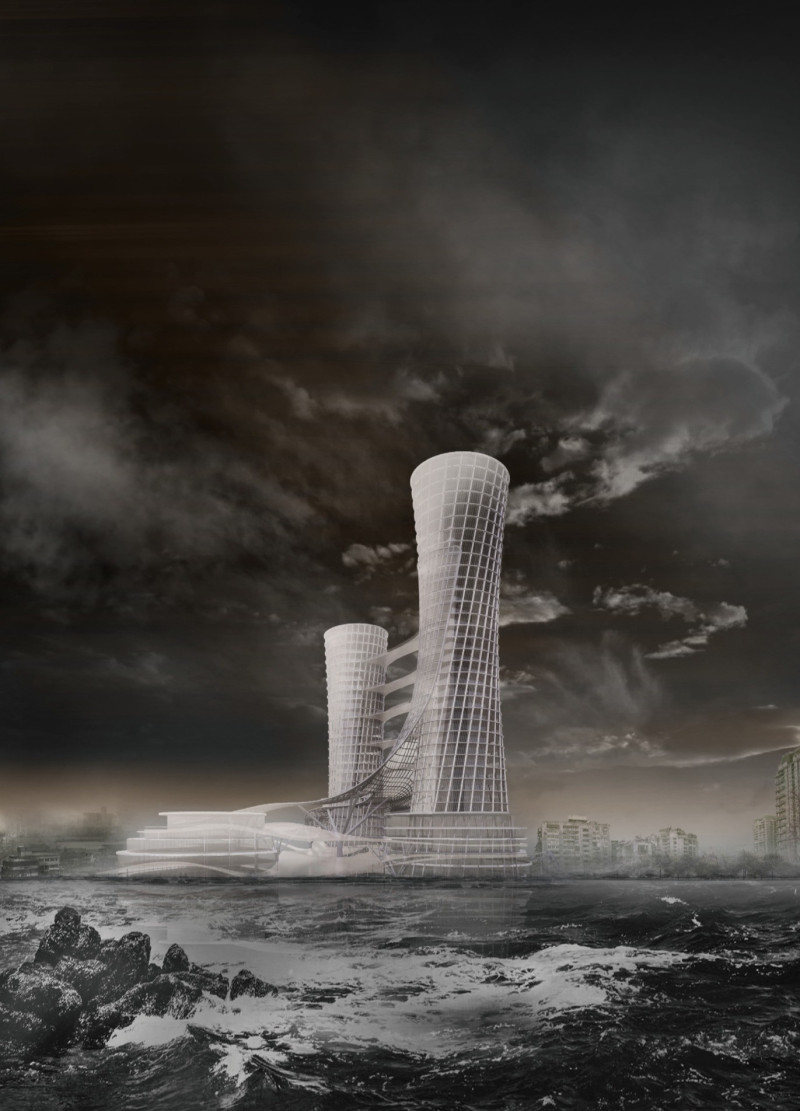5 key facts about this project
The Fukushima Lighthouse stands in response to the pressing environmental challenges that followed the 2011 nuclear disaster at the Fukushima Daiichi power plant. Located along the Pacific Ocean in the industrial zone of Fukushima Prefecture, the lighthouse serves multiple roles aimed at restoring the environment and educating the community. Its design blends advanced technology with a commitment to ecological recovery, illustrating a determined response to the effects of the disaster.
Key Features
The lighthouse includes several important components such as a Post-disaster Robot Environment Monitoring Center, an Aggregation Forest watchtower, and high-pressure jet control rooms. These features enable ongoing monitoring of radiation levels and effective contamination management. The center employs robotics and technology to track environmental conditions, marking a progressive approach to recovery in a post-disaster landscape.
Environmental Considerations
Sustainability plays a crucial role in the design. The structure houses an incineration power plant and a sewage treatment center, which work together to manage waste and generate energy. This dual purpose helps minimize the environmental impact while addressing the challenges posed by nuclear contamination. The chosen materials contribute significantly to ensuring safety and operational efficiency in these functions.
Materials and Structural Integrity
Construction of the lighthouse includes radiation-protective aluminum keels and lead optical glass cover surfaces. These elements work to reduce exposure to radiation, crucial for a site impacted by the aftermath of the disaster. Additionally, the floor structure is made from ray-concrete, facilitating the integration of green vegetation on elevated platforms. This combination of materials strengthens the structure and encourages the growth of plants that can aid in restoring the local soil.
Community Engagement
Central to the design is a memorial hall that focuses on nuclear pollution restoration, emphasizing the importance of education for future generations regarding nuclear energy's implications. The ecological barrier that surrounds the lighthouse promotes soil recovery through forest aggregation, enhancing local biodiversity. This connection to both the environment and the community establishes the lighthouse as a resource for the ongoing recovery of the Fukushima area.
The design culminates in a lighthouse that acts as a beacon for ecological recovery and community knowledge. Its observation decks provide broad views of the rejuvenated landscape, serving as a reminder of the potential for healing in the wake of disaster.



















































